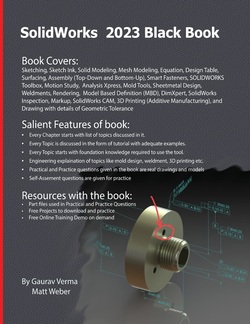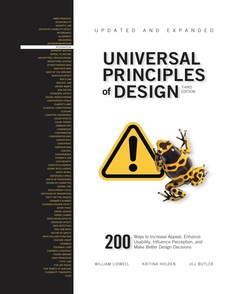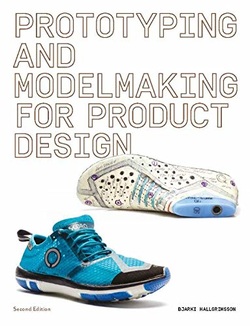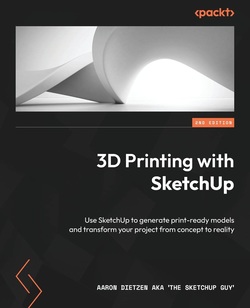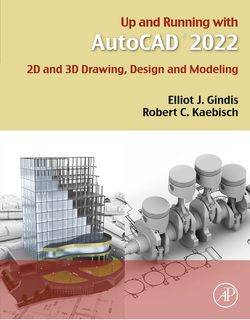انعطافپذیری در طراحی مهندسی

تیمهای پروژه میتوانند با تشخیص اینکه آینده به ناچار نامشخص است و با خلق طرحهای پایدار که میتوانند با احتمالات سازگار باشند؛ نتایج را بهبود بخشند. این رویکرد آنها را قادر میسازد تا از فرصتهای جدید استفاده کنند و از فقدانهای مضر جلوگیری کنند.
کتاب “انعطافپذیری در طراحی مهندسی” یک راهنما برای خلق و پیادهسازی انعطافپذیری افزایشدهنده ارزش در طراحی میباشد. این کتاب یک منبع ضروری برای تمام شاغلان در حوزه توسعه و بهرهبرداری از سیستمهای فنی از جمله طراحان، مدیران، تحلیلگران مالی، سرمایهگذاران، تنظیمکنندهها و دانشگاهیان خواهد بود. و بازبینی گستردهای از علت ضرورت انعطافپذیری در طراحی برای ارائه ارزش افزایشیافته؛ فراهم میکند.
کتاب “انعطافپذیری در طراحی مهندسی” یک راهنما برای خلق و پیادهسازی انعطافپذیری افزایشدهنده ارزش در طراحی میباشد. این کتاب یک منبع ضروری برای تمام شاغلان در حوزه توسعه و بهرهبرداری از سیستمهای فنی از جمله طراحان، مدیران، تحلیلگران مالی، سرمایهگذاران، تنظیمکنندهها و دانشگاهیان خواهد بود. و بازبینی گستردهای از علت ضرورت انعطافپذیری در طراحی برای ارائه ارزش افزایشیافته؛ فراهم میکند.
سال انتشار: 2011 | 312 صفحه | حجم فایل: 2 مگابایت | زبان: انگلیسی
Flexibility in Engineering Design (Engineering Systems)
نویسنده
Richard de Neufville,Stefan Scholtes
ناشر
The MIT Press
ISBN10:
0262016230
ISBN13:
9780262016230
قیمت: 16000 تومان
برچسبها:
Project teams can improve results by recognizing that the future is inevitably uncertain and that by creating flexible designs they can adapt to eventualities. This approach enables them to take advantage of new opportunities and avoid harmful losses. Designers of complex, long-lasting projects -- such as communication networks, power plants, or hospitals -- must learn to abandon fixed specifications and narrow forecasts. They need to avoid the "flaw of averages," the conceptual pitfall that traps so many designs in underperformance. Failure to allow for changing circumstances risks leaving significant value untapped. This book is a guide for creating and implementing value-enhancing flexibility in design. It will be an essential resource for all participants in the development and operation of technological systems: designers, managers, financial analysts, investors, regulators, and academics.
The book provides a high-level overview of why flexibility in design is needed to deliver significantly increased value. It describes in detail methods to identify, select, and implement useful flexibility. The book is unique in that it explicitly recognizes that future outcomes are uncertain. It thus presents forecasting, analysis, and evaluation tools especially suited to this reality. Appendixes provide expanded explanations of concepts and analytic tools.













